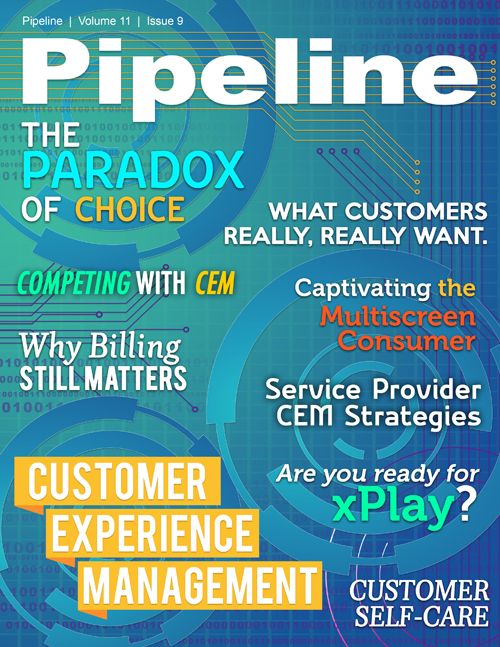Personalization: Solving the Paradox of Choice
It was an experiment in complete customer control. ‚ÄúOur customers will have a whole new level of spending management, plan customization, and parental control,‚ÄĚ said Dow Draper, President of Sprint‚Äôs Prepaid Group, in a statement released at the service‚Äôs launch. ‚ÄúThey can tailor what they pay for to match their own and their family‚Äôs needs.‚ÄĚ
By January of this year, less than a year after that release went out, Sprint sent out a new announcement heralding Virgin Mobile USA‚Äôs launch of ‚Äúthe industry‚Äôs first no-contract data sharing plans.‚ÄĚ The new plans had a lot in common with Virgin Mobile Custom: significant customer control of certain features and robust parental controls. And like the earlier plans, these new ones were available exclusively through retail giant Walmart.
These new plans, dubbed ‚ÄúData Done Right,‚ÄĚ were, in fact, the evolution of the earlier Custom plans with an important change: they were less customizable.
‚ÄúBased on customer feedback, we determined that Virgin Mobile Custom‚Äôs ‚Äėbuild your own plan‚Äô feature was perhaps more flexible than it needed to be,‚ÄĚ said Danielle Babbington, a spokesperson for Sprint. ‚ÄúAs a result, [it] required an investment of time on the customer‚Äôs part, and at retail to help explain all the possibilities.‚ÄĚ
And that‚Äôs the ‚Äúparadox of choice‚ÄĚ at work. Consumers could have limitless customization at their fingertips, but such open-ended power is limited in its appeal due to the scarcity of a resource more precious than money or data: time.
Unlimited customization can only do so much in enhancing the customer experience because it assumes that subscribers (a) know what they want and (b) have the time to tinker until their settings match their preferences.
We all know how Steve Jobs, for instance, felt about relying on that model of product and service development. ‚ÄúPeople,‚ÄĚ he said, ‚Äúdon't know what they want until you show it to them.‚ÄĚ
That’s where personalization comes in.
You know what they want
A robust customer experience management (CEM) suite can leverage real-time information about customer behavior, location, and preferences to address concerns before they become complaints and provide value-added services without making them feel like upselling.
This is a rare benefit to which CSPs are lucky to have access. An Aberdeen Group study from last year found that only 32% of companies have the ability to personalize customer offers based on historical and real-time customer data.
Those other businesses are certainly trying to get their hands on more precise customer data, and very often it‚Äôs the smartphone that‚Äôs giving them their ‚Äúin.‚ÄĚ Gartner estimates that by 2017, mobile users will be funneling personalized data streams to more than 100 apps and services every day. They go on to predict that by that year, mobile apps will be downloaded more than 268 billion times, generating revenue of more than $77 billion. They also posit that wearable devices will drive half of all app interactions.
The study also notes that more than 90% of apps today are free. The personalized data that is available to any CSP is a hot enough commodity to other companies that they’re reason enough to develop a free app. With that data, every company can choose their target audience with laser precision and deliver the perfect pitch.
And customers don‚Äôt mind, provided the interaction doesn‚Äôt seem too intrusive. An SAP blogger said it best in a branded guest piece in Forbes: the goal, simply put, is to ‚Äúimprove customer experience without being creepy.‚ÄĚ
Across the ICT space, vendors are promising to help CSPs do just that. Oracle, Nokia Networks, NetCracker and many more have CEM solutions built with personalization in mind.
"As far as the end customer is concerned, communication services today are not about the network technology or even the device, it‚Äôs about the experience and the lifestyle they enable," said Amdocs‚Äô Rebecca Prudhomme in a release about that company‚Äôs CES suite last year. "Customers expect these services to be social, immediate and to reflect their multiple, daily life personas, without any restrictions as to when and how to consume these services.‚ÄĚ
Communication services aren’t jam. There are more than 24 (or six) varieties to choose from, but there are limitless opportunities to cater and personalize those services to break through the paradox of choice and give the customer what they want when they want it.


















